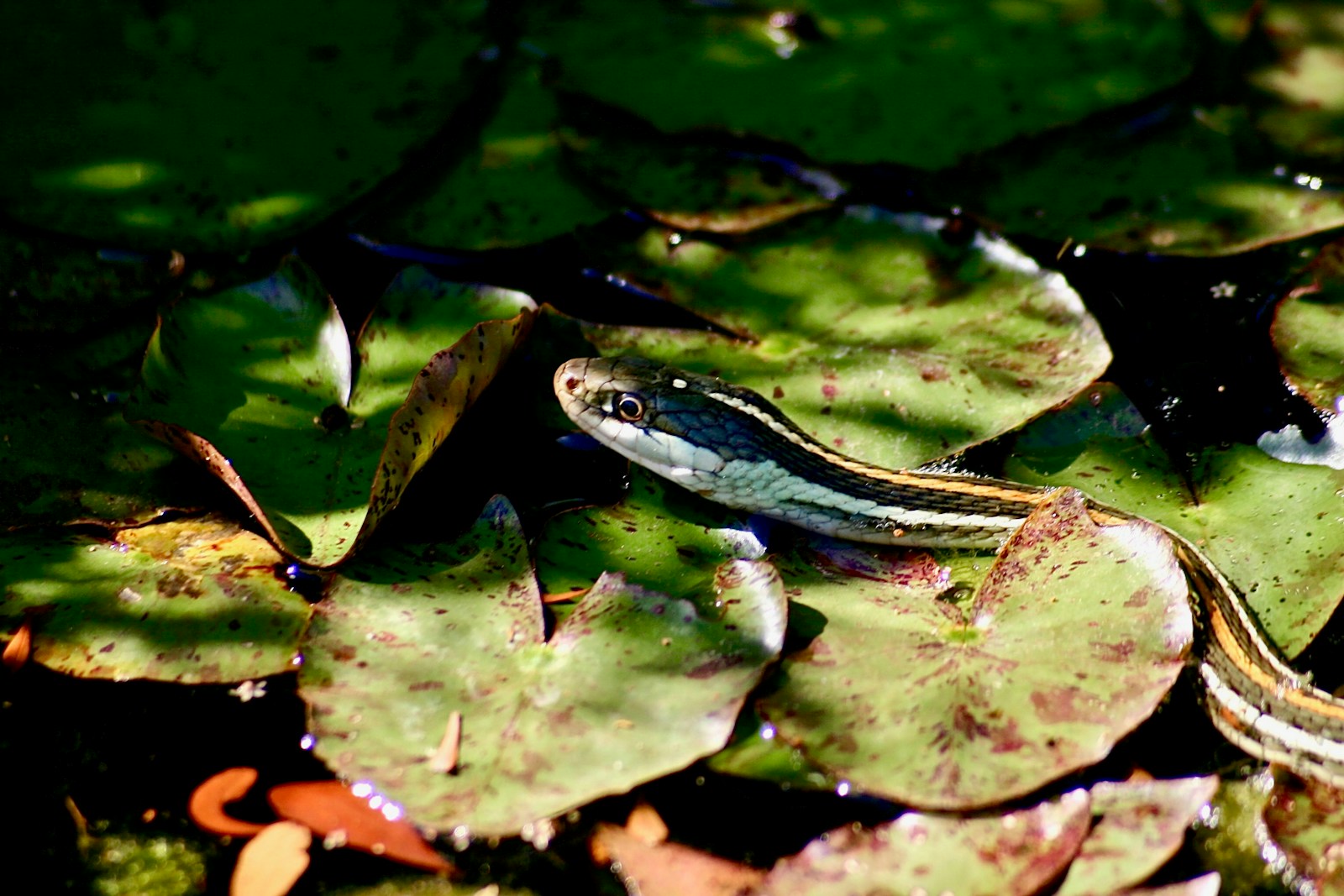The world of reptiles is filled with fascinating hunting strategies, but few are as specialized and remarkable as that of the water snake that hunts submerged in shallow streams. These remarkable predators have evolved unique adaptations that allow them to stalk, strike, and capture prey while completely underwater. Unlike many snakes that prefer dry land or occasionally venture into water, these specialized hunters make flowing waters their primary hunting grounds. Their ability to maneuver through currents, detect prey underwater, and strike with precision makes them some of nature’s most extraordinary aquatic predators. This article explores the remarkable world of these submerged hunters, examining their physical adaptations, hunting behaviors, and ecological significance in freshwater ecosystems.
The Masters of Shallow Waters: Introducing the Keelback Family
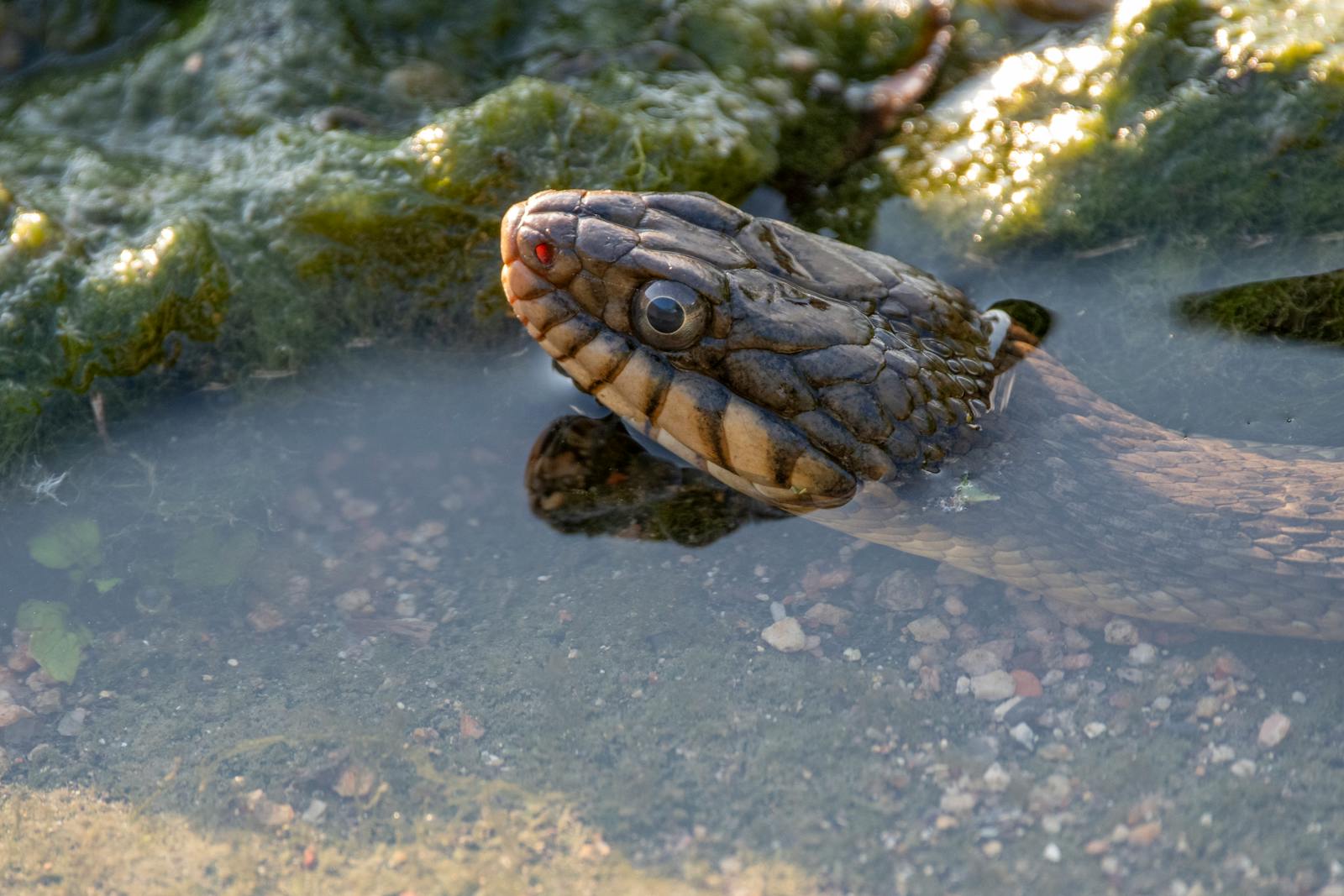
Among the most notable snakes that hunt while submerged are members of the Xenochrophis genus, particularly the checkered keelback (Xenochrophis piscator), also known as the Asiatic water snake. These non-venomous colubrid snakes have made freshwater environments across South and Southeast Asia their specialized hunting grounds. Though several water snake species hunt in aquatic environments, keelbacks are particularly adapted for hunting while fully submerged in shallow, flowing streams and waterways. Their streamlined bodies and specialized scales allow them to move through water with minimal resistance, making them efficient underwater predators. Keelbacks represent one of the most successful evolutionary adaptations to aquatic hunting among snakes, with various related species developing similar strategies across different geographic regions.
Physical Adaptations for Underwater Hunting
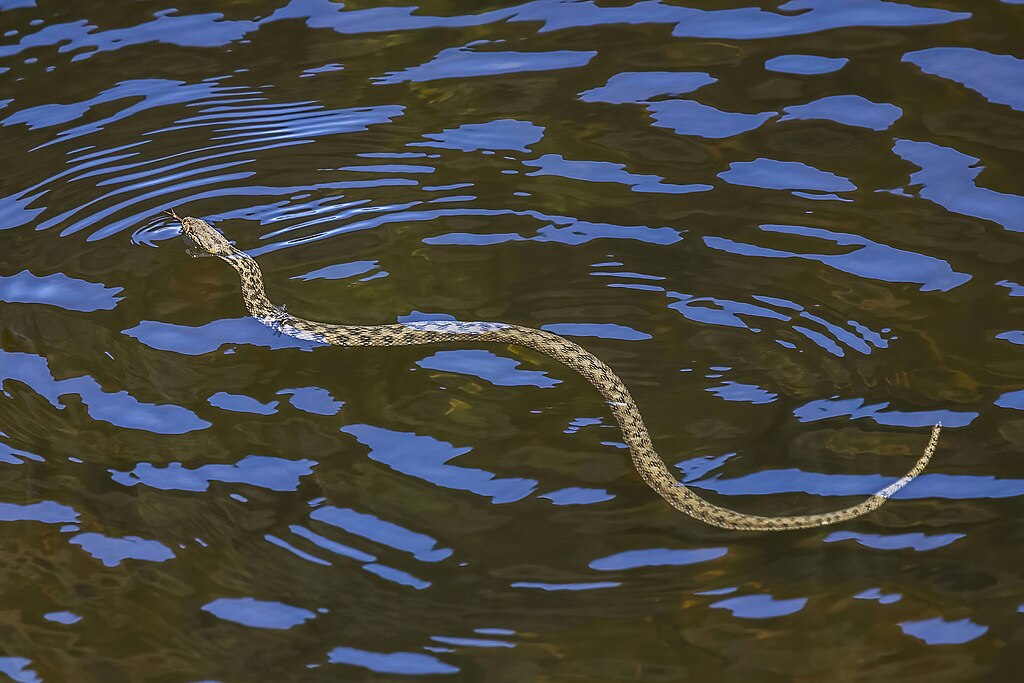
The keelback’s body is perfectly adapted for its submerged hunting lifestyle, featuring several key physical modifications that set it apart from land-dwelling snakes. Most notable are their keeled scales (which give them their name), creating slight ridges along their bodies that improve hydrodynamics and reduce water resistance while swimming. Their nostrils are positioned high on their snouts, allowing them to breathe while keeping most of their body submerged – an essential feature for a predator that spends hours lurking in shallow waters. Additionally, these snakes possess valvular nostrils that can close underwater, preventing water intake while submerged. Their eyes are also positioned toward the top of their head, enabling them to see above the water’s surface while keeping their body hidden below – a perfect adaptation for ambush predation in stream environments.
The Sensory Arsenal: How They Detect Underwater Prey

Hunting underwater presents unique sensory challenges, but the keelback and similar aquatic hunters have developed remarkable sensory adaptations to overcome these obstacles. While submerged, these snakes rely heavily on vibration detection through specialized jaw structures that pick up minute water disturbances created by moving prey. Their vision, though not the primary hunting sense underwater, is still effective in the clear, shallow streams they prefer, allowing them to spot the silhouettes of fish and amphibians against the water surface. Some aquatic hunting snakes also possess an enhanced Jacobson’s organ (the vomeronasal organ used for chemosensation), which can detect chemical signatures of prey even in flowing water. This multi-sensory approach allows them to hunt effectively in conditions where a single sense might be compromised by currents, turbidity, or other environmental factors.
Hunting Strategies: The Patient Ambush Predator
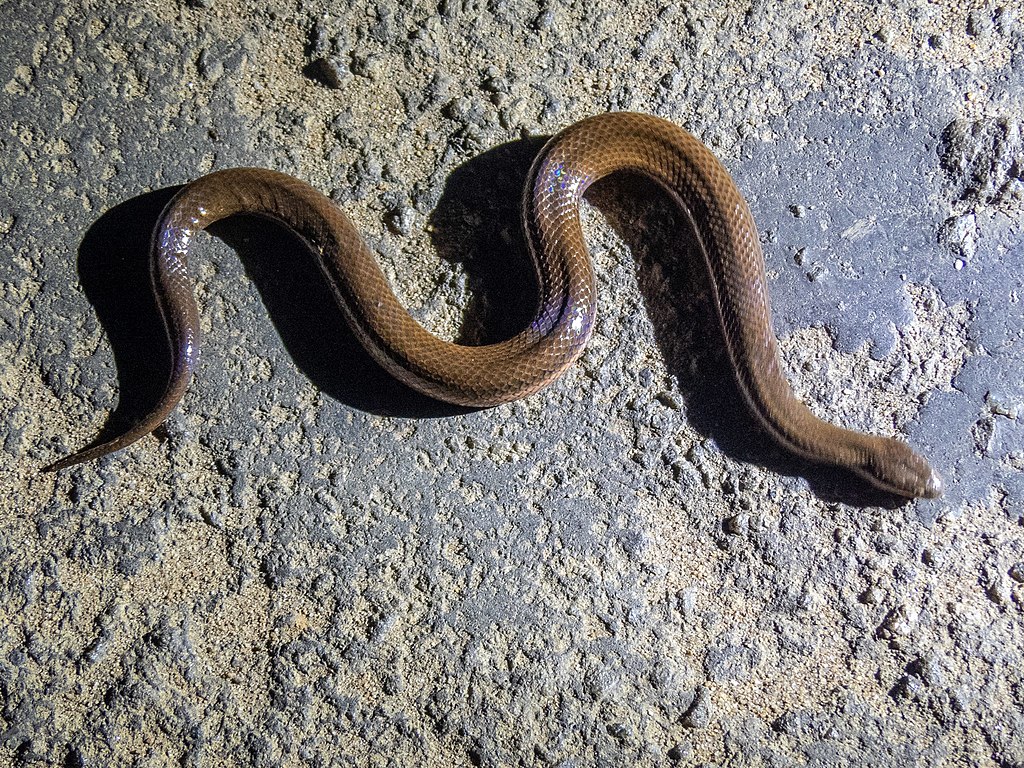
The hunting behavior of stream-dwelling water snakes represents a masterclass in patience and precision. These hunters typically position themselves against stream beds, often partially buried in sand or gravel with only their heads exposed, remaining motionless for extended periods. This strategy allows them to blend perfectly with the stream bottom while maintaining the ability to breathe and observe potential prey. When fish, frogs, or other aquatic creatures venture close, the snake launches a lightning-fast strike, grabbing prey with its sharp, backward-pointing teeth. Unlike many land snakes that rely on constriction or venom, these aquatic hunters primarily use their specialized dentition to secure struggling prey underwater. The entire hunting sequence from ambush to capture typically occurs in less than half a second – a speed necessary to catch alert aquatic prey in their own element.
Preferred Prey: The Aquatic Menu
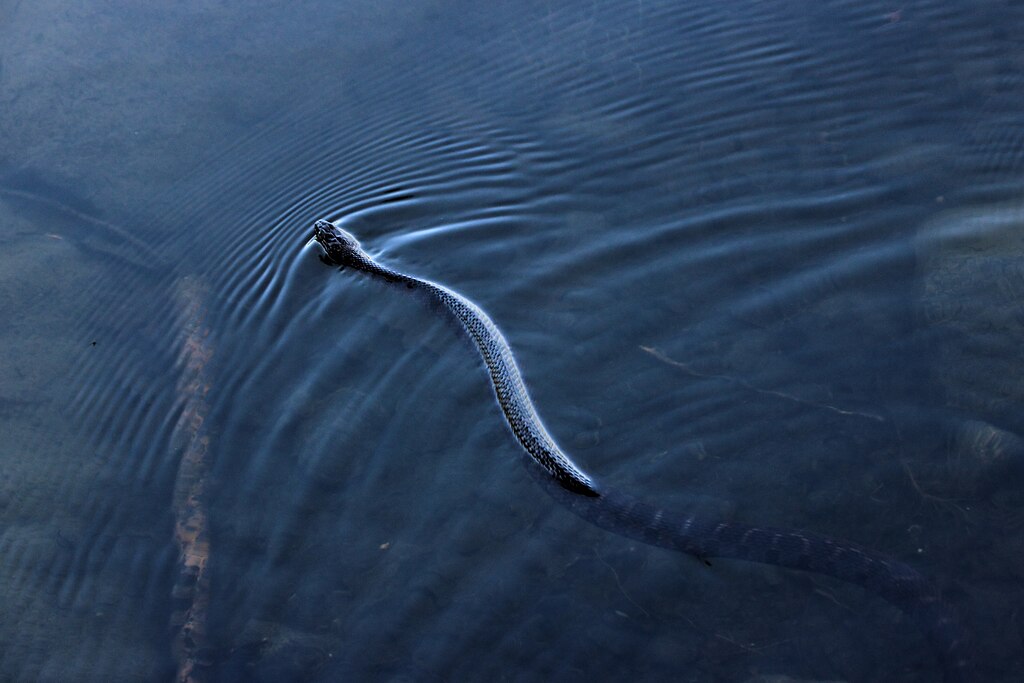
The diet of submerged stream hunters is predominantly composed of aquatic and semi-aquatic organisms that share their freshwater habitat. Small fish make up the majority of their diet, with the checkered keelback demonstrating a particular fondness for tilapia, minnows, and other common stream fish. Amphibians form another significant portion of their diet, with frogs and tadpoles being particularly targeted during breeding seasons when they congregate in shallow waters. Some larger specimens have been observed capturing and consuming crustaceans like freshwater crabs and crayfish, displaying remarkable jaw flexibility to handle such armored prey. Interestingly, their diet often shifts seasonally based on prey availability, with some species showing a preference for fish during dry seasons and amphibians during wetter periods when breeding activity increases.
Breathing Mechanics: Managing Oxygen While Submerged
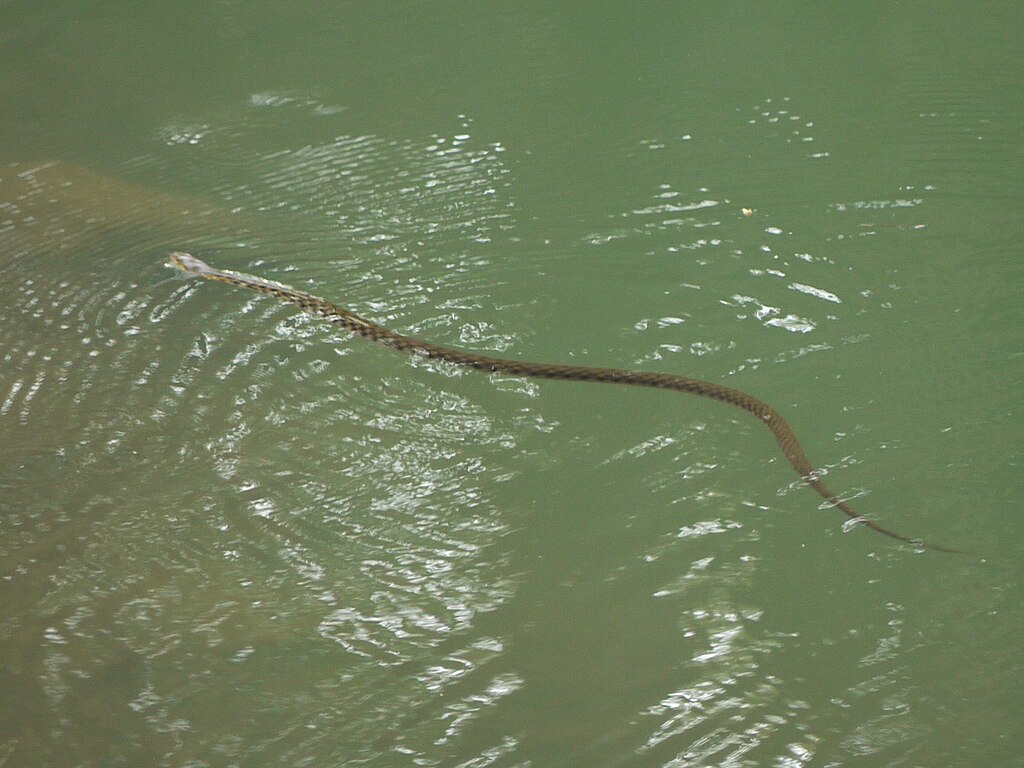
One of the most fascinating aspects of these underwater hunters is their respiratory adaptations that allow for extended hunting sessions beneath the surface. Unlike fully aquatic animals with gills, these snakes must still surface to breathe air, but they’ve developed several methods to maximize their underwater hunting time. Their lung capacity is significantly larger than that of comparably sized terrestrial snakes, allowing them to hold more oxygen during dives. They can also slow their metabolic rate while hunting, reducing oxygen consumption during the long waiting periods between prey encounters. Most remarkably, these snakes can engage in a form of cutaneous respiration, absorbing small amounts of dissolved oxygen through their skin while underwater. These combined adaptations allow keelbacks and similar species to remain submerged for up to 30 minutes while actively hunting – an impressive feat for an air-breathing reptile.
Breeding and Reproduction in Stream Environments

The reproductive behaviors of these specialized aquatic hunters are closely tied to their stream habitats, though they generally mate on land near their hunting grounds. Female keelbacks and related species typically produce between 8-40 eggs per clutch, with the exact number depending on the species, the female’s size, and local ecological conditions. Unlike fully aquatic snake species that may give birth to live young (viviparity), most stream-hunting specialists lay eggs (oviparity) in protected locations on land, often under logs or in abandoned animal burrows near water sources. This reproductive strategy represents an evolutionary balance between their aquatic hunting lifestyle and the need for terrestrial egg development. After hatching, the young snakes are immediately capable of swimming and begin hunting in shallow waters, though they typically target smaller prey like insect larvae and tiny fish fry until they grow larger.
Geographic Distribution and Preferred Habitats
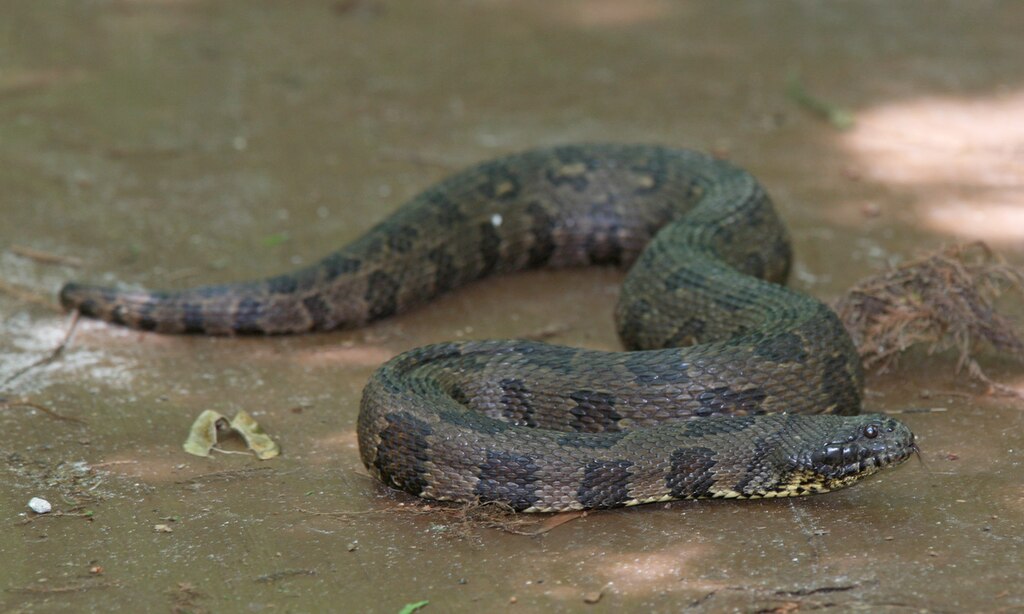
Specialized submerged hunters are found across several continents, with different species adapting to similar ecological niches in separate regions. The checkered keelback is widely distributed throughout South and Southeast Asia, from Pakistan and India through to Indonesia and the Philippines, inhabiting a variety of freshwater environments. North America hosts several related species, including the diamond-backed water snake (Nerodia rhombifer), which employs similar submerged hunting techniques in the streams and rivers of the southeastern United States. In Africa, the forest water snake (Grayia smithii) has evolved convergent hunting strategies in the continent’s tropical streams. These snakes generally prefer clear, slow to moderately flowing freshwater with rocky or sandy bottoms that provide both hunting opportunities and hiding places. Many species show a particular preference for stream sections with overhanging vegetation that attracts potential prey like frogs and insects that may fall into the water.
Conservation Status and Environmental Threats

While many submerged stream hunters maintain stable populations, they face increasing pressure from habitat degradation and water pollution across their ranges. Stream channelization, dam construction, and water diversion projects dramatically alter the shallow flowing waters these specialized hunters depend upon for feeding. Agricultural runoff containing pesticides and fertilizers can reduce prey populations and directly impact the snakes’ health through bioaccumulation of toxins. In some regions, particularly in Southeast Asia, water snakes are harvested for food, traditional medicine, and the exotic pet trade, putting additional pressure on wild populations. Climate change presents another significant threat, as altered precipitation patterns affect stream flow regimes and water temperatures, potentially disrupting the delicate balance these specialized predators have adapted to over evolutionary time.
Ecological Importance in Freshwater Systems
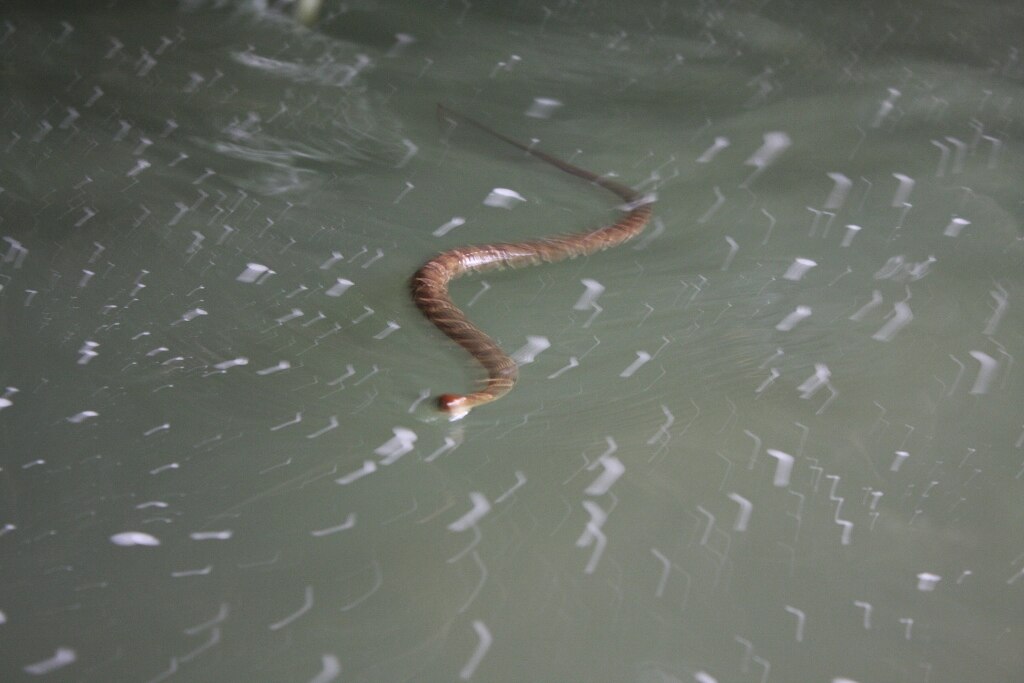
These specialized underwater hunters play a vital role in maintaining the ecological balance of freshwater ecosystems. As mid-level predators, they help control populations of small fish and amphibians, preventing any single species from becoming overly dominant in stream communities. Their feeding habits can influence the behavior of prey species, affecting how and when other stream organisms forage, hide, or reproduce. In some environments, they serve as important prey themselves for larger predators like birds of prey, monitor lizards, and larger snakes, transferring energy up the food chain. Additionally, parasitologists have identified these snakes as important hosts in the life cycles of certain parasites that maintain biodiversity within stream ecosystems. The presence and abundance of healthy water snake populations can serve as valuable bioindicators of overall stream health and water quality.
Relationship with Humans: Myths and Misunderstandings
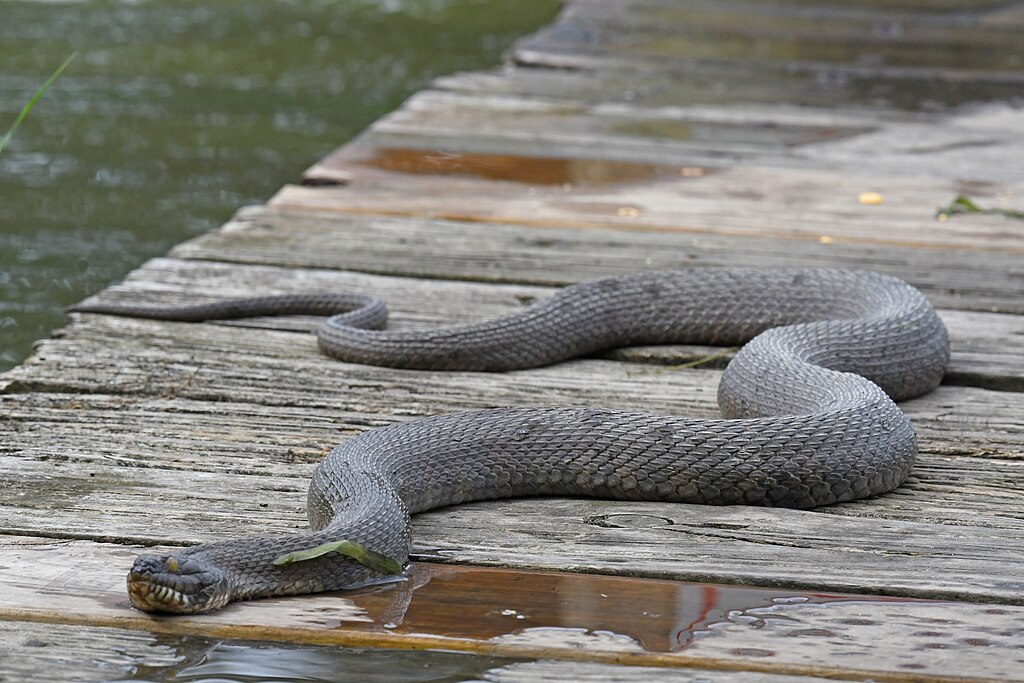
Despite their ecological importance, submerged stream hunters often suffer from negative human perceptions and harmful myths. In many cultures, water snakes are erroneously believed to be highly venomous, leading to unnecessary killing when encountered. The checkered keelback, for example, is frequently confused with the venomous common krait in parts of Asia, though it poses no danger to humans. Some fishing communities consider these snakes competitors for fish resources, despite research showing they primarily target different species or size classes than those sought by human fishers. Traditional healing practices in some regions attribute medicinal properties to water snake parts, leading to unsustainable harvesting. Conservation education efforts are increasingly focused on dispelling these myths and highlighting the positive ecological role these remarkable underwater hunters play in maintaining healthy stream ecosystems.
Research Challenges and Recent Discoveries
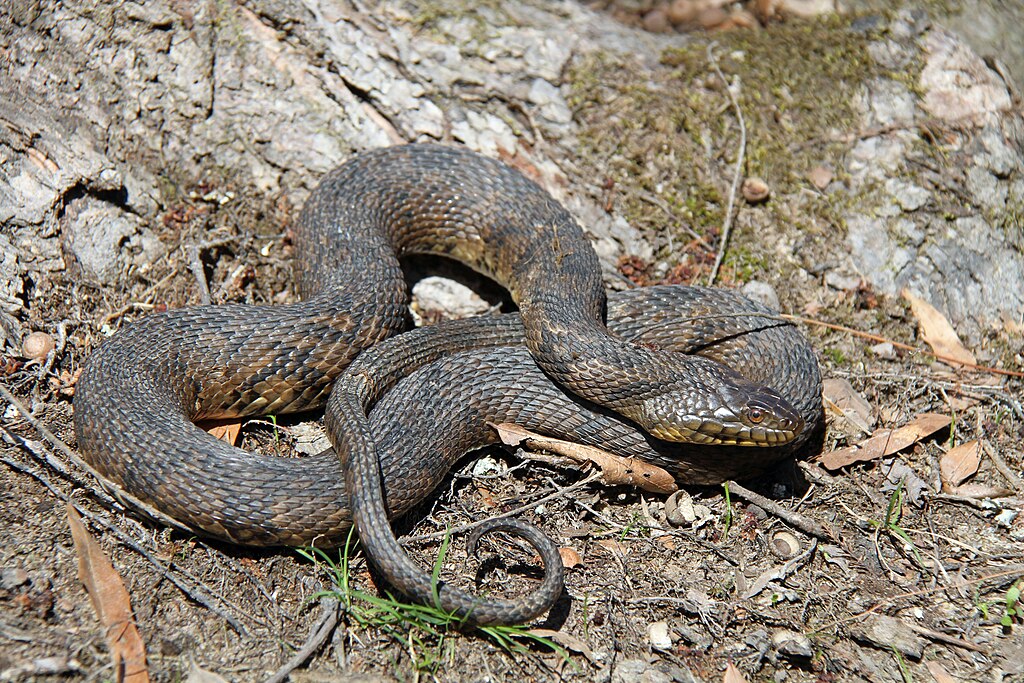
Studying submerged hunting behaviors presents unique challenges for herpetologists, as traditional observation techniques often disturb these shy, sensitive predators. Recent technological advances, including underwater cameras and passive integrated transponder (PIT) tags, have revolutionized our understanding of these secretive animals. A 2018 study using underwater videography revealed that some species modulate their striking speed based on prey type and distance, showing previously undocumented levels of hunting sophistication. Genetic research has identified surprising diversity within what were once thought to be single widespread species, suggesting that stream-specific adaptations may be driving speciation in isolated watersheds. Perhaps most intriguingly, recent laboratory studies have demonstrated that these snakes possess remarkable spatial memory, remembering productive hunting locations and returning to them over multiple seasons – a cognitive ability previously underappreciated in reptiles.
Conclusion: Masters of an Underwater World
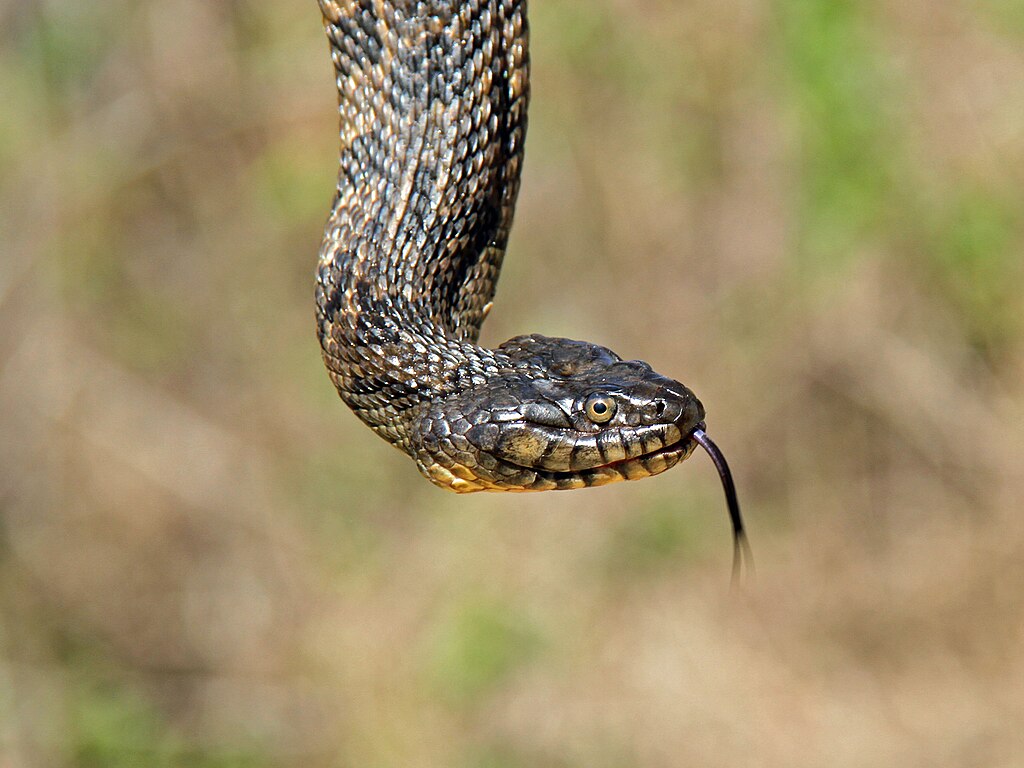
The snakes that hunt while submerged in shallow streams represent one of nature’s most specialized predatory adaptations. From their finely-tuned sensory systems to their patient hunting strategies, everything about these remarkable reptiles has been shaped by the unique challenges and opportunities of underwater predation. As we continue to study these fascinating creatures, we gain not only a better understanding of reptilian evolution but also valuable insights into the complex ecological relationships that maintain healthy freshwater ecosystems. In a world where freshwater habitats face mounting pressures from human activities, these underwater hunters serve as both indicators of environmental health and remarkable examples of specialized adaptation. Their continued presence in our streams and rivers should be viewed not with fear but with appreciation for the evolutionary marvels they truly represent.

